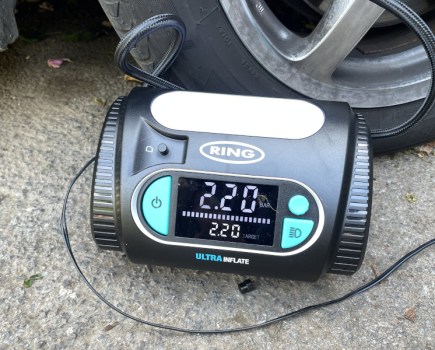The P6 truly was a car forged in this white heat. Beforehand Rover was renowned as a maker of staid, unadventurous but obsessively-engineered big saloons. The P6 took all the best of Rover- comfort, subtlety, quality- and put it into a package that was, to many of its buyers, shockingly new. Instead of the hefty, walrus-moustached looks of the P5 the new Rover was styled like a fashionable Italian suit- all straight lines and creases.
Famously conceived with a gas turbine power plant, even in its production form the P6 bristled with clever thinking. Its ‘safety frame’ construction with lightweight panels bolted to a strong steel monocoque cage was a new approach that is now near-universal in mass-production cars. Ralph Nader, one of the most vocal critics of the motor industry in the ‘Sixties, said that the P6 was ‘how all cars should be made.’ The Rovers of the past could never be described as particularly deft handlers but the P6, with its inboard front springs and rear suspension that picked and mixed from all over the place (De Dion tube axle, coil sprung trailing arms, two sets of Watt’s linkage) proved to have a remarkable combination of traditional Rover comfort and distinctly un-Rover handling prowess.
All of this led to the car’s real achievement, which was nothing more or less than creating the whole concept of the executive saloon. Before the P6 the successful businessman or professional simply bought bigger, stodgier and thirstier cars as their career progressed. The P6 offered something new- you didn’t need a big 3.0-litre car with soft suspension and wallowy handling when you could have a mid-sized car with a 2.0-litre engine that went just as fast, rode just as well, but handled infinitely better.
The P6 just encapsulates the ideals (if not the reality) of the time that created it- progressive yet traditional, stylish yet functional, fast but safe, comfortable but dynamic, distinctive but obtainable. The perfect package.




